5 Worst Mistakes You Are Making With Pop-ups

Whenever there is too much of something, especially in the world of marketing, the efficiency wears off. This is the main argument behind the claim that pop-up windows are dead – they, well, just pop-up everywhere. Just like with banner blindness, it’s become a part of website visitors’ routine to automatically close a few annoying windows before they get to the content they wanted to see in the first place.
But is this the pop-ups’ fault? Are they annoying by nature? In fact, they are not. Pop-ups are still a solid lead generation machine – as long as they are in the right marketers’ hands. So how do you make pop-ups work for you, instead of against you? Try to avoid these common mistakes:
1. Bad timing
There are so many things that can be annoying for your website visitor, but getting blasted in the face with an offer before they can see what you offer is probably the worst.
If you put yourself in the shoes of a random website visitor, you’ve probably been there before. You search for a certain topic of interest and click on the link. Before you can even read the first few words, you are interrupted by a pop-up asking for a newsletter subscription. Even worse, a slider covering the whole screen – like this one.
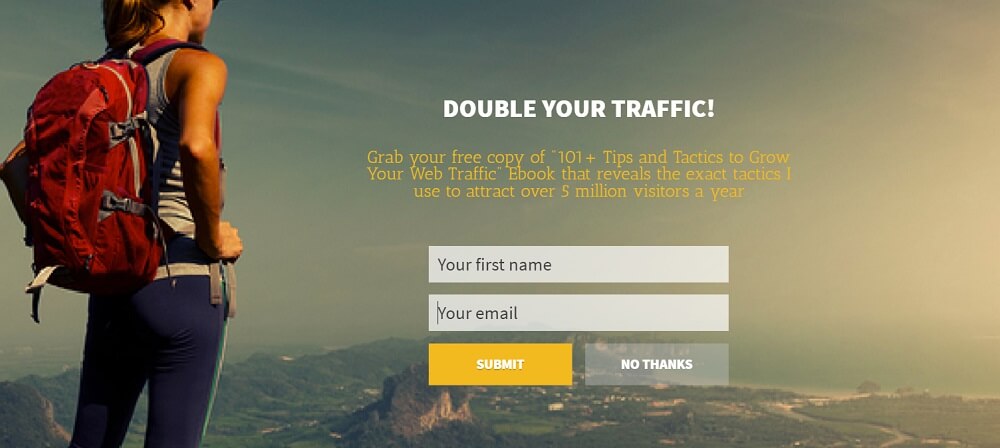
This slider swooped in a couple of seconds after I landed on one marketing expert’s website. Less than a minute after that, I also got a slightly too intrusive pop-up on top of the existing pop-up.
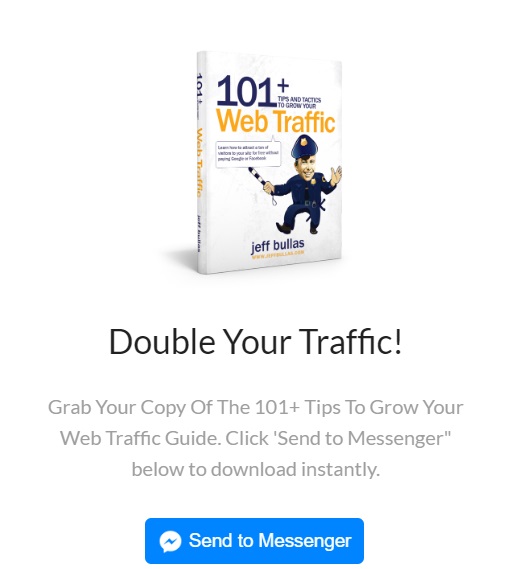
How am I going to sign up if you don’t even let me see what I am signing up for?
Displaying pop-ups as soon as people land on your website, especially in the form of sliders that cover the whole screen is annoying, pushy, and often inefficient. Digital marketing, especially content marketing, is all about swooping into the user’s experience organically and spontaneously.
So what should you do instead? Allow people to land on the page and spend some time on it before you hit them with an offer to sign up or buy something. Now, nailing down the right time is a bit trickier – there is no golden mean that fits every website.
The first step to determining your perfect pop-up timing is to analyze the time visitors spend on your page. You can do that in Google Analytics. According to Wisepops, the best pop-up timing is about 50%-60% of the average time on the page.
Another metric that can determine the perfect pop-up timing is to track visitors’ level of engagement. According to Chartbeat, the readers who scroll below the fold tend to spend much more time down the page than they do at the top.
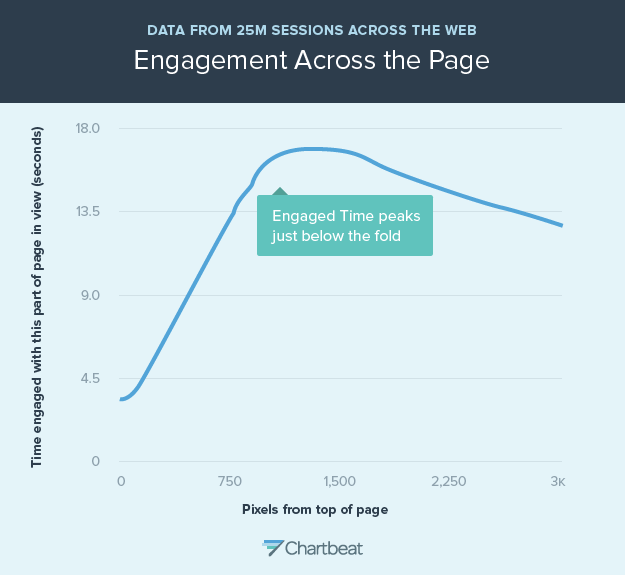
Source: Chartbeat
This implies they are engaging with your content, which boosts the chances that they will read your offer and accept it.
There is one way to overcome the challenge of timing – using a hello bar that sits the entire time at the top or the bottom of the screen, without interrupting the user experience. This is one example.
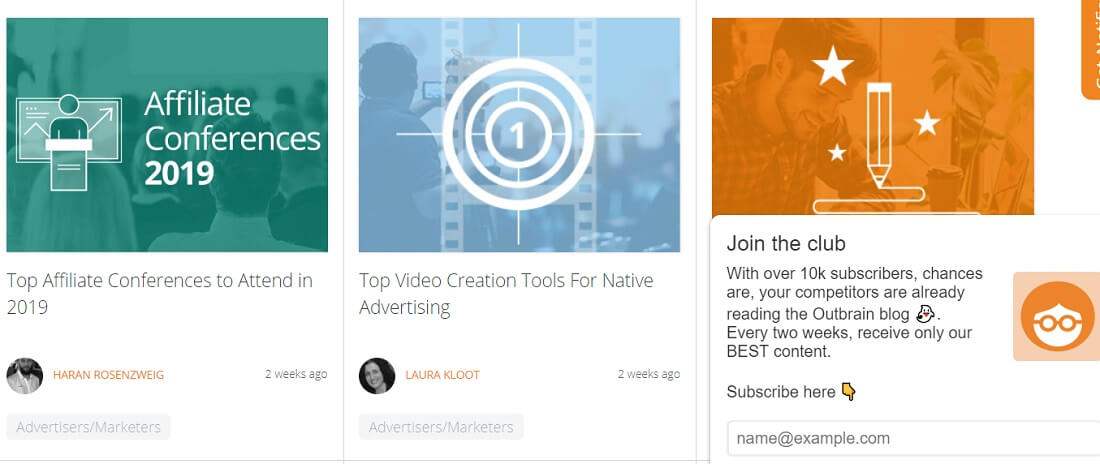
Finally, there are other ways to get the timing right – triggering pop-ups by behaviors such as exit-intent, inactivity on the page, etc. This brings us to the next mistake marketers often make.
2. Lack of context
Lack of context is the grave sin of mismatching pop-up and the page content, the user’s search intent or displayed behavior.
Let’s imagine that you sell sports shoes and that the website visitor landed on a blog post with 5 tips for running shoes maintenance. The right thing would be to either offer them a subscription for your newsletter or to offer them a discount for a shoe maintenance product. The wrong thing would be to offer free shipping for your products.
Sure, free shipping is a great thing, but this is not what the visitor was looking for in this particular situation. They want tips on maintenance, which implies that they own sports shoes and that they are your target audience. In that case, you offer them a subscription and add them to your email list, or you offer them a product they could need based on their search.
Pop-ups with a quiz as a lead magnet are one of the ways to engage the user and establish trust as you offer them expertise and a solution to their problem. For example, a person landing on a cosmetics website is likely to be curious about their skin type. You can offer them results in exchange for their email address, or set the results to take them directly to a personalized set of products.
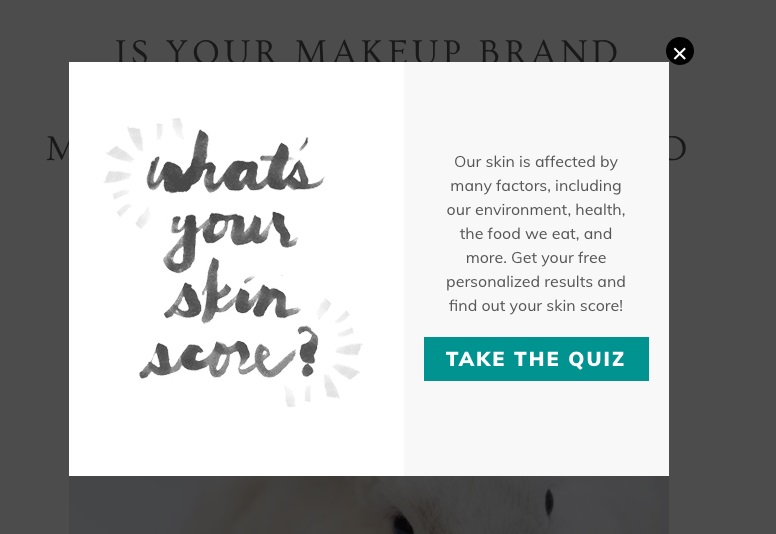
Make sure your pop-up window offer is connected to the user’s search intent and their behavior on the page. Around 70% of visitors who abandon your site never come back. Similarly, 67% of online shoppers abandon their shopping carts midway, without making the final purchase. However, by triggering pop-ups to respond to a user’s exit intent, you can convert an additional 2-4% of visitors into email subscribers or buyers.
3. Unconvincing copy
Once your pop-up shows up at the right place, at the right time, it also has to say the right thing. Now, one of the greatest challenges for any marketer is figuring out what works better. A simple offer and call to action? Or a pop up with an image and flashy copy that includes the latest pop-culture reference?
In general, it can be both. The common denominator of each option is that it has to be a clear, straightforward message.
Sumo conducted research analyzing an astounding two billion pop-ups, and one of their surprising conclusions was that extremely simple copies were sometimes more effective than elaborate offers. For example, this pop-up…
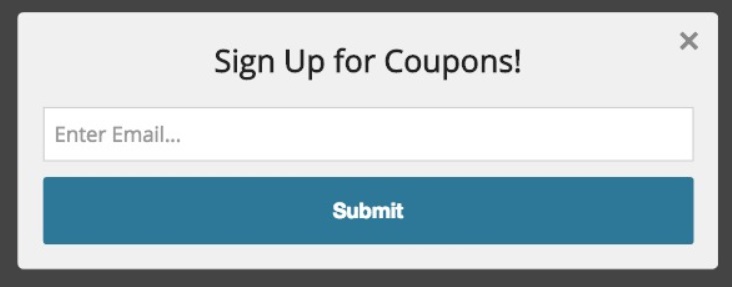
Source: Sumo
…drove 30% more sign-ups than this pop-up.
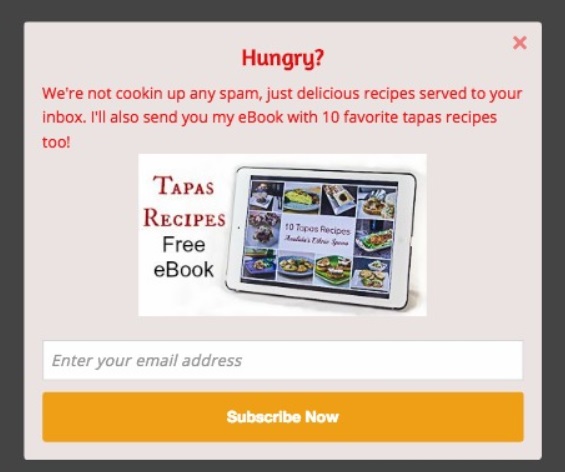
Source: Sumo
How so? Well, because they avoided the first two things we were talking about. The first pop-up displayed as the user was scrolling through the page full of products, so there is no need for tip-toeing around. On the other hand, the user scrolling through the recipe page isn’t necessarily hungry. The author wasted a valuable headline they could have used for a clearer offer such as “Want more recipes?”.
However, here’s an example of an elaborate pop-up that drove sales through the roof.
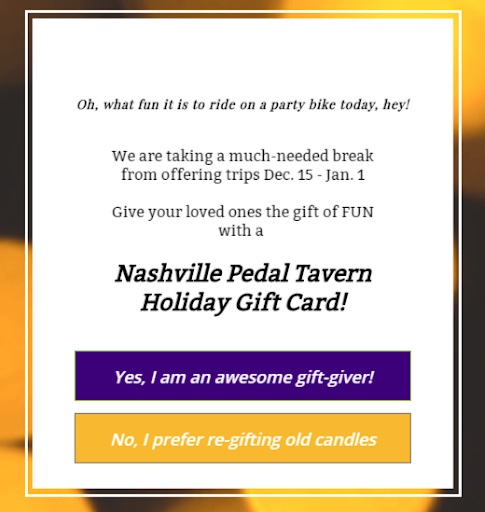
Source: OptinMonster
This pop-up was displayed on Nashville Pedal Tavern’s website during Christmas season, offering visitors to buy a pedal ride as a special Christmas gift to their friends. Apart from a clear offer in the (inverted) headline, the author played a little psychological game, almost blaming people into purchasing a gift card.
Whether you’re going to get creative or keep it simple, a convincing pop-up window includes:
- Clear offer
- Value explanation
- Call to action
But let’s talk in more detail about the importance of value.
4. No valuable offer
The share of internet users who are increasingly aware of the importance of online privacy keeps growing. According to Statista, 67 percent of Americans aged 18 to 29 years don’t want to share their data in exchange for more targeted advertisements. This number was even higher in the 30-44 age bracket, reaching 81 percent.
This makes the online marketer’s job increasingly difficult because users understand how valuable their contact information is, and they want to get something in return.
When it comes to pop-up offers, many marketers forget that buzzwords such as “discount,” “sale” or “free” don’t necessarily impress people. For example, offering a visitor to download a batch of templates or an e-book is great, but pointing out that it’s FREE is not exactly the product’s value. There are thousands of websites offering free templates and e-books.
If you want to create a valuable offer, either have a great giveaway or discount, or try to think about the thing that makes your incentive unique.
5. No testing
Throughout this article, I often mentioned that things that work for one pop-up don’t necessarily work for the other. Plenty of marketers google tips on creating a high-converting pop-up, only to get lackluster results and wonder where things went wrong.
Creating a pop-up that shows up at the right place, at the right time, and says all the right things takes time and lots of testing. The best way to explore this is to constantly track your website visitors’ behavior and engagement, and fine-tune your pop-ups according to the results.
Another excellent way to nail down what works and what doesn’t is to do split tests. Create several pop-up copies with various timings and triggers, and track which one drives the best results.
Conclusion
The average conversion rate for all pop-ups is 3.09%. However, your pop-up window can also make it to the top-performing 10%, which convert around 9.28% visitors. As you can see, pop-ups are not dead – the only thing that kills them is trying to do things by somebody else’s rule book.
Pop-ups are an incredibly versatile, flexible and creative marketing tool – so make sure they are in the right hands.













